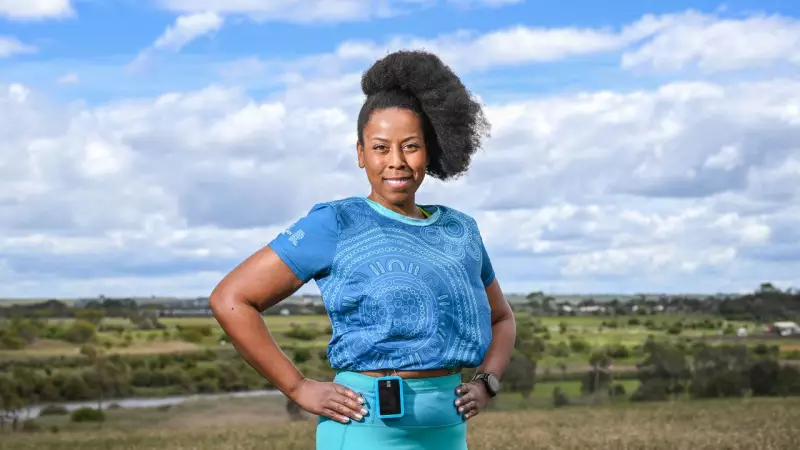
When Ashleyrose Gilham lines up for an ultramarathon in Geelong, she carries more than just running gear. The local athlete manages Type 1 diabetes while pushing her body to extraordinary limits, recently completing a gruelling 100-kilometre run that defied common misconceptions about the condition.
The Daily Marathon of Diabetes Management
Type 1 diabetes requires constant vigilance that goes far beyond most people's understanding. For Gilham, this means checking her blood glucose levels every five kilometres during races, carrying essential supplies, and making real-time adjustments to avoid dangerous highs or lows.
"Diabetes is a 24/7 job," Gilham explains. "There are no days off, no breaks. Even during sleep, your body needs monitoring." The Geelong runner emphasizes that the condition involves much more than simply avoiding sugar, as many people mistakenly believe.
Gilham recently completed the 100-kilometre Surf Coast Trail Marathon, an achievement that would challenge any athlete. For someone managing Type 1 diabetes, the accomplishment required additional layers of preparation and constant awareness of her body's signals.
Breaking Stereotypes on the Running Trail
One of the most persistent misconceptions Gilham confronts is the belief that people with diabetes cannot participate in intense physical activity. "People often think if you have diabetes, you can't exercise vigorously or achieve athletic goals," she says. "I want to show that with proper management, we can pursue any passion."
Another common misunderstanding involves confusing Type 1 diabetes with Type 2. Type 1 diabetes is an autoimmune condition unrelated to lifestyle factors, whereas Type 2 involves insulin resistance that can sometimes be managed through diet and exercise changes.
Gilham's running journey began before her diagnosis, but she's continued to pursue her passion with even greater determination since learning she had the condition. Her achievements serve as powerful evidence against the limitations often associated with chronic illnesses.
The Reality of Racing with Diabetes
During long-distance events, Gilham maintains strict protocols to manage her health. She carries glucose gels, monitors her levels frequently, and maintains careful communication with support crew. The physical demands of ultrarunning create unique challenges for blood sugar management that require constant adjustment.
"Every race is different," Gilham notes. "Stress, temperature, terrain, and intensity all affect my blood sugar differently. I've learned to read my body's signals and respond appropriately."
The Geelong athlete hopes her story will inspire others living with chronic conditions to pursue their goals without self-imposed limitations. She emphasizes that proper education and management can enable people with diabetes to live active, fulfilling lives.
Gilham's message extends beyond the running community to healthcare professionals and the general public. She advocates for better understanding of the differences between diabetes types and greater recognition of what people with chronic conditions can achieve.
As she continues training for future events in the Geelong region and beyond, Gilham remains committed to challenging stereotypes while managing her health with the same discipline she applies to her athletic training.





